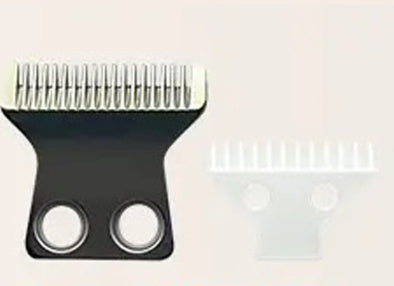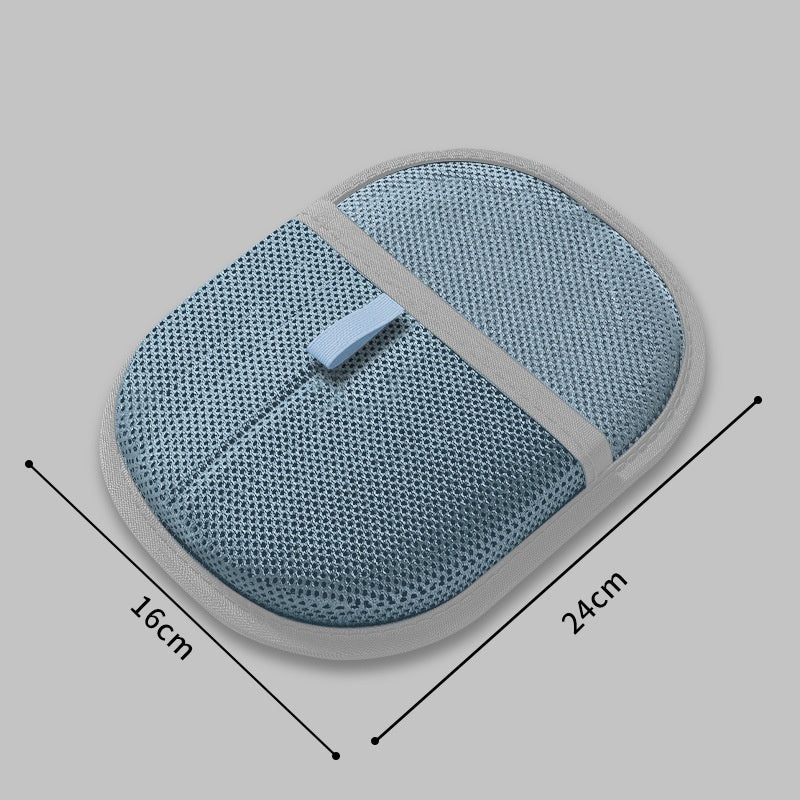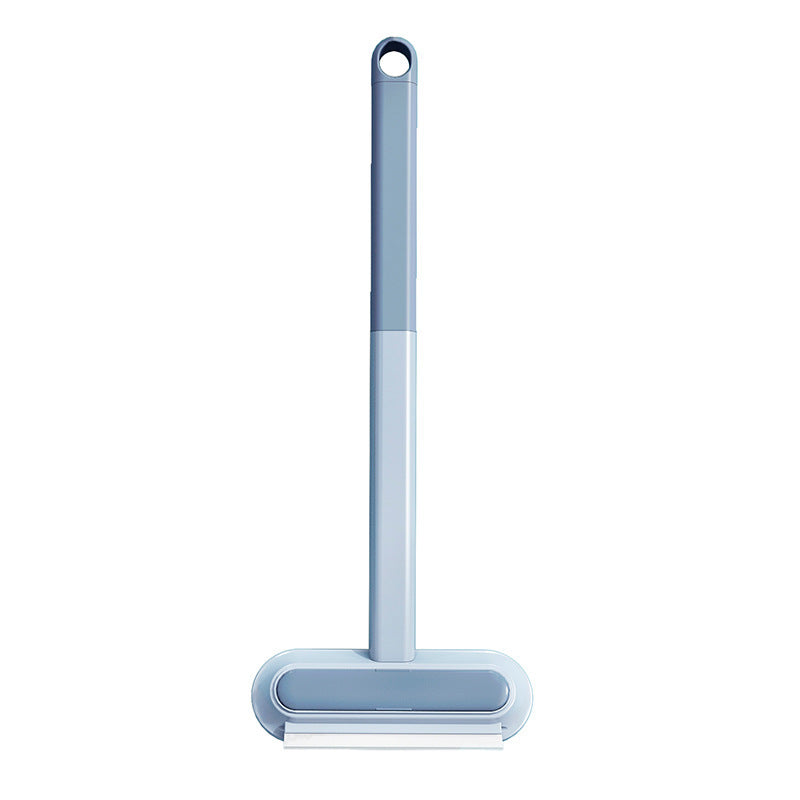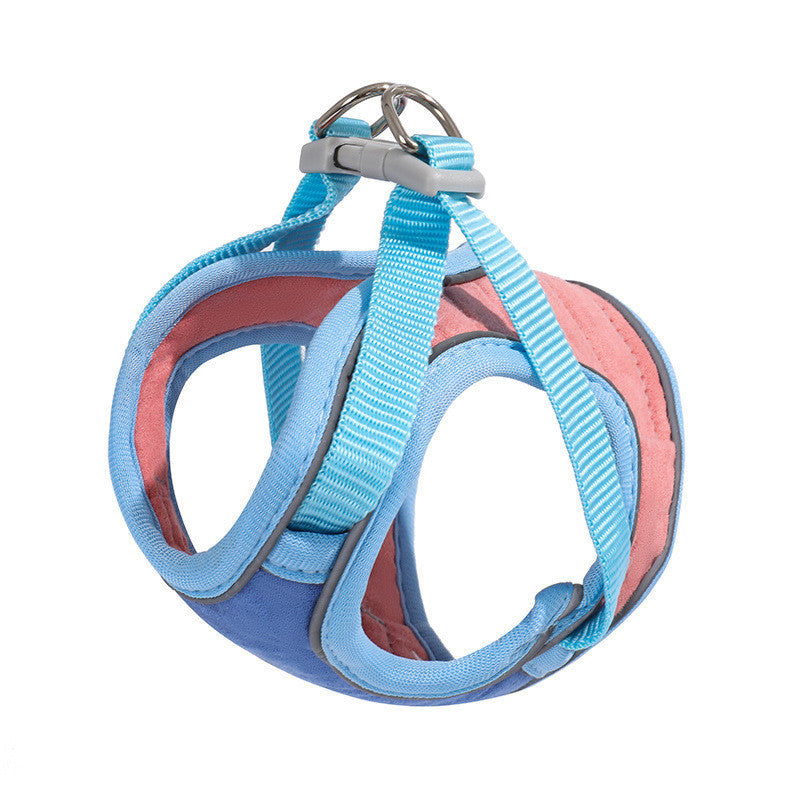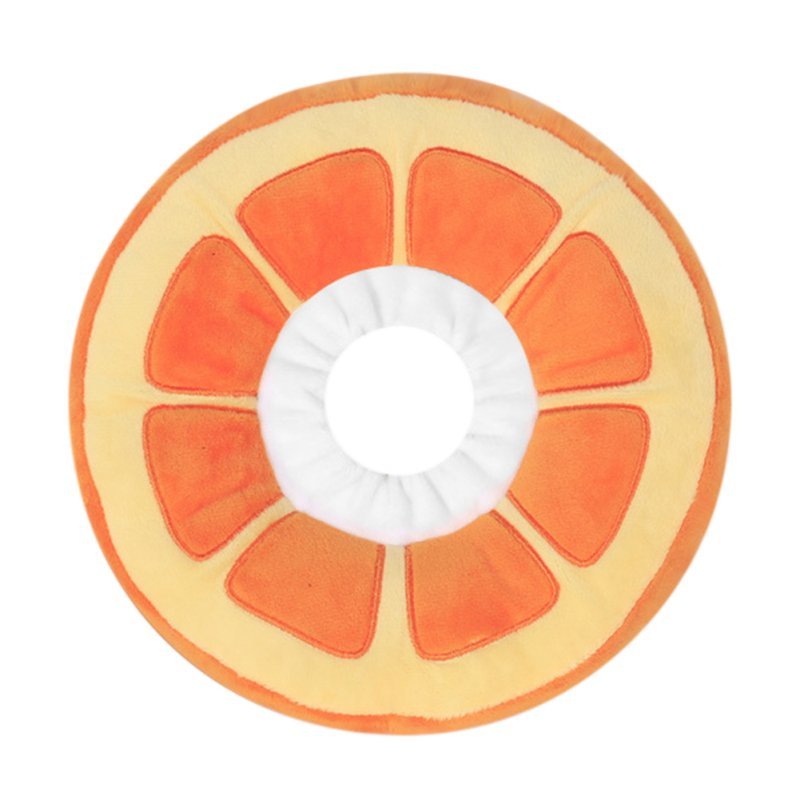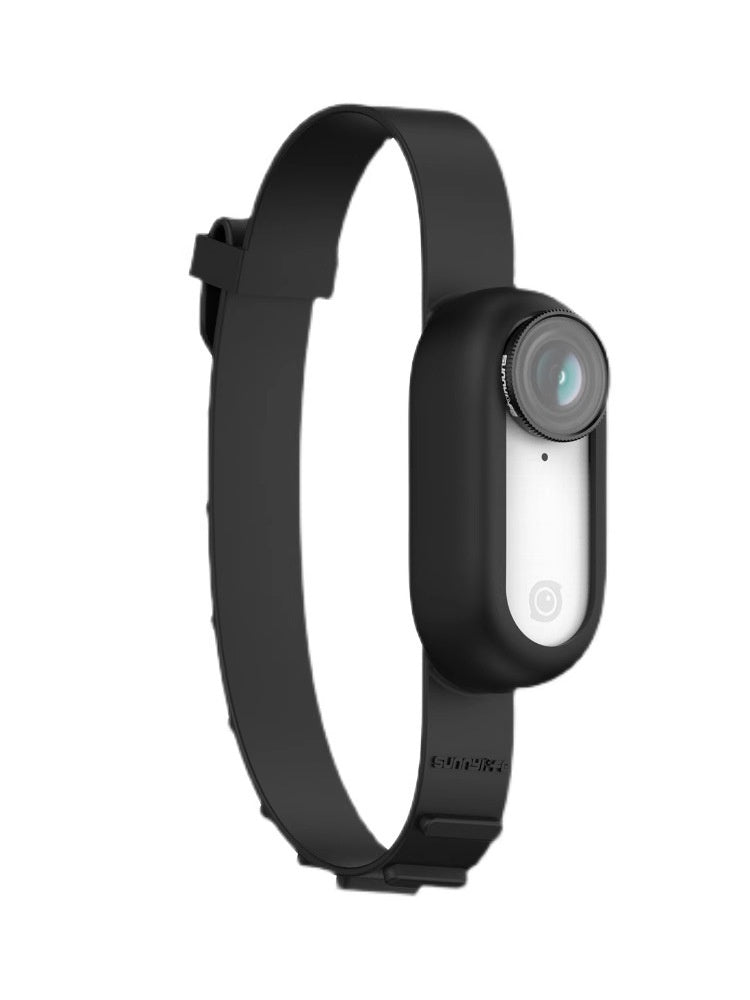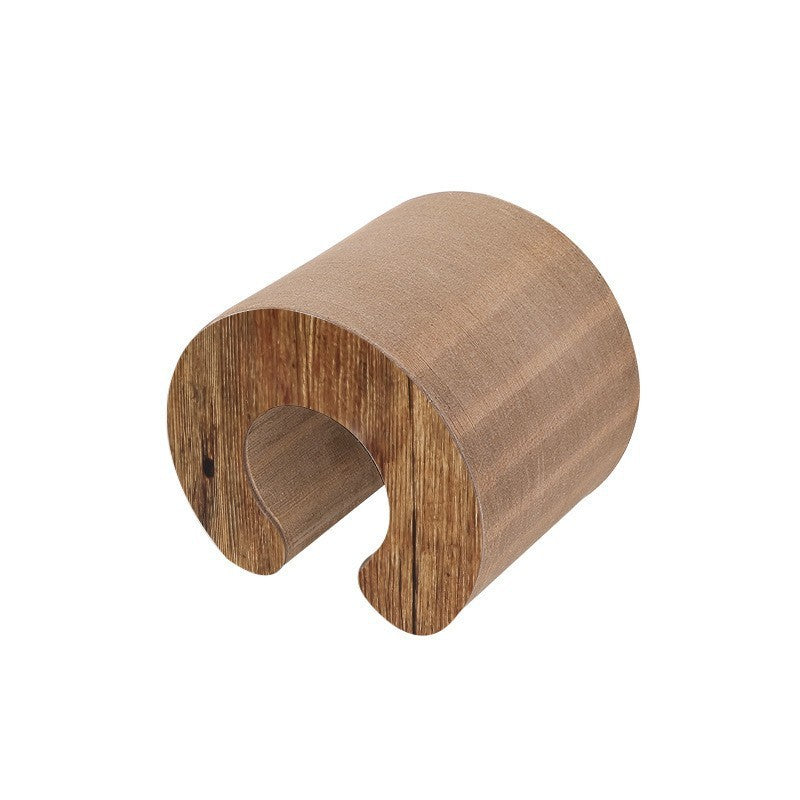Obesity has become increasingly common among domestic cats, with some studies suggesting that over 50% of cats are overweight or obese. This silent health crisis can significantly impact your cat's quality of life and longevity. In this blog, we'll help you recognise weight problems and implement effective management strategies to keep your feline friend at a healthy weight.
Recent surveys in Australia, such as those conducted by the University of Sydney’s Veterinary Science faculty, indicate that over 40% of domestic cats are overweight or obese. The RSPCA Australia emphasizes that obesity is a leading health issue for pets, contributing to preventable diseases and reduced quality of life.
Assessment techniques: It can be difficult to tell if your cat is overweight, especially with fluffier breeds. Veterinarians use a body condition scoring system, but at home, you should be able to feel your cat's ribs without pressing hard, see a defined waist when viewed from above, and notice an abdominal tuck when viewed from the side. If your cat has a rounded abdomen or no visible waist, they may be carrying excess weight.
Health implications: Obesity in cats increases the risk of diabetes, arthritis, heart disease, urinary problems, and reduced mobility. It can shorten lifespan by several years and significantly impact quality of life, as overweight cats often struggle with grooming and play.
| Feature | Healthy Weight Cat | Overweight Cat |
|---|---|---|
| Body Condition | Ribs palpable, defined waist, tuck | Rounded abdomen, no waist, hard to feel ribs |
| Activity Level | Active, playful | Less active, may struggle with play |
| Health Risks | Lower risk of chronic disease | Higher risk of diabetes, arthritis |
| Lifespan | Longer | Shorter |
| Veterinary Visits | Routine check-ups | More frequent, obesity-related issues |
| Feeding Management | Portion-controlled, measured meals | Overfeeding, free-feeding common |
Feeding management: Most overweight cats simply consume more calories than they burn. Measuring food precisely (using a kitchen scale rather than approximating with cups) ensures you're not inadvertently overfeeding. Automated feeders can help distribute small meals throughout the day, mimicking a cat's natural feeding pattern.
Australian pet nutrition guidelines, such as those from the AVA and RSPCA, stress the importance of portion control and recommend using kitchen scales for precise feeding. Many Australian pet owners are adopting automated feeders and food puzzles to help manage their cat’s weight.
Exercise strategies: Increasing activity levels is crucial for weight management. Interactive toys, climbing structures, food puzzles, and daily play sessions can help burn calories while providing essential mental stimulation. Even small increases in movement can make a difference over time.
Monitoring progress: Weight loss in cats should be slow and steady, no more than 1-2% of body weight per week. Rapid weight loss can trigger a dangerous condition called hepatic lipidosis (fatty liver disease). Regular weigh-ins help track progress and allow for adjustments to the weight management plan.
Step-by-Step Guide: Managing Feline Obesity
- Assess Your Cat’s Weight: Use the body condition scoring system and consult your vet for an accurate assessment.
- Measure Food Precisely: Use a kitchen scale and follow feeding guidelines from your vet or the AVA.
- Limit Treats and Table Scraps: Ensure all household members follow the same feeding rules.
- Increase Activity: Introduce interactive toys, climbing structures, and daily play sessions.
- Use Food Puzzles and Automated Feeders: Distribute meals throughout the day to mimic natural feeding patterns.
- Monitor Progress: Schedule regular weigh-ins at your vet or at home, and adjust the plan as needed.
- Seek Veterinary Support: Consult your vet for a customized weight management plan tailored to your cat’s needs.
Addressing feline obesity requires commitment and patience from the entire household. Everyone must follow the same feeding guidelines and avoid giving extra treats or table scraps.
Remember that food does not equal love, there are many ways to show affection without contributing to weight problems. If you're concerned about your cat's weight, consult your veterinarian for a customized weight management plan that considers your cat's age, health status, and individual needs.
FAQs
Q: How common is obesity in Australian cats?
A: Over 40% of Australian cats are overweight or obese, according to University of Sydney and RSPCA data.
Q: How can I tell if my cat is overweight?
A: You should be able to feel your cat’s ribs without pressing hard, see a defined waist from above, and notice an abdominal tuck from the side. If unsure, consult your vet for a body condition score.
Q: What are the health risks of feline obesity?
A: Obesity increases the risk of diabetes, arthritis, heart disease, and urinary problems, and can shorten your cat’s lifespan.
Q: How can I help my cat lose weight safely?
A: Measure food precisely, limit treats, increase activity, and monitor progress with regular weigh-ins. Always consult your vet for a tailored plan.
Q: Are there resources in Australia to help manage my cat’s weight?
A: Yes, many Australian veterinary clinics offer free weight checks and support. The AVA and RSPCA also provide guidelines and resources.









